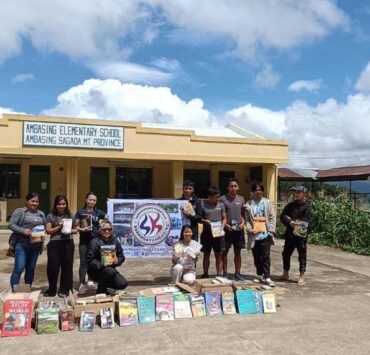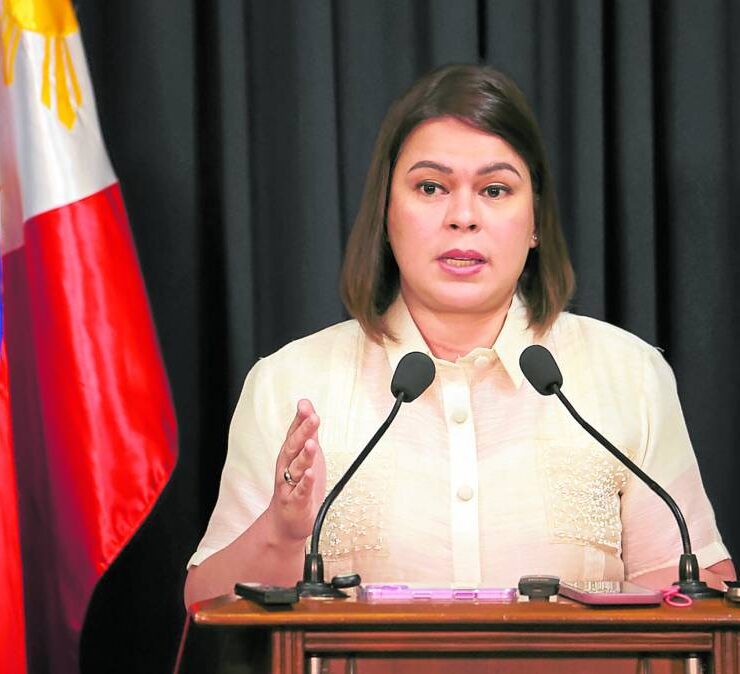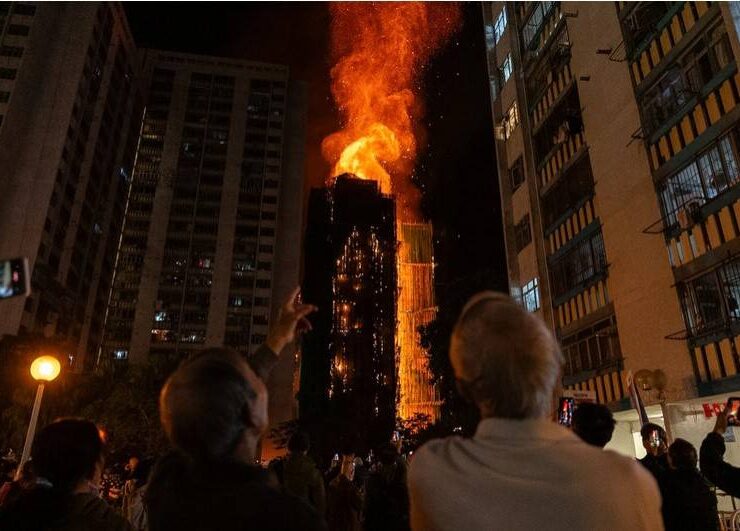686 awards and counting: PDI bags 17 honors in ’24
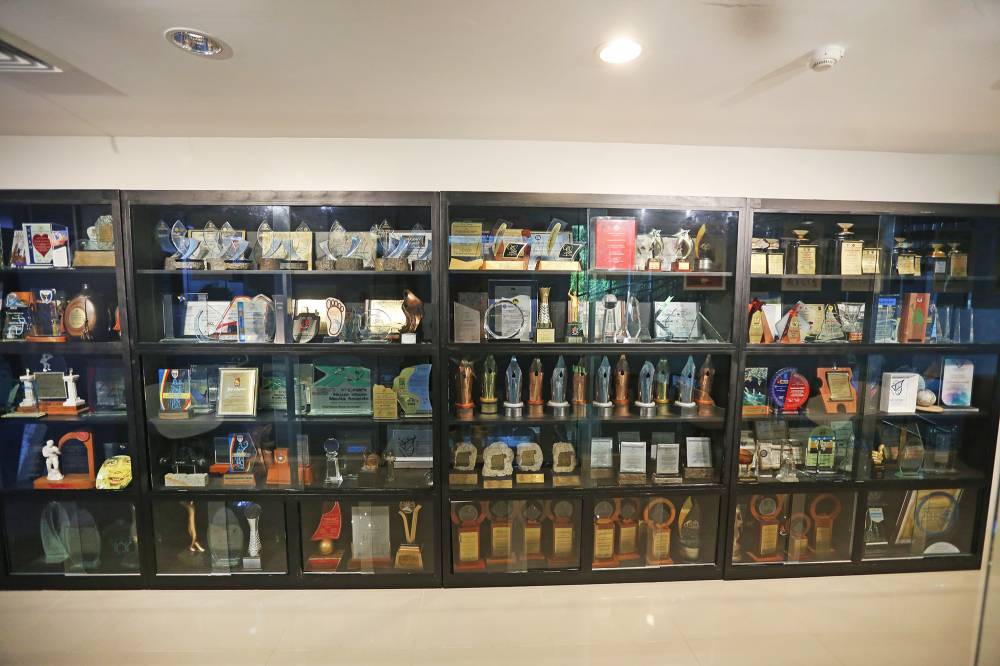
The Philippine Daily Inquirer won 17 awards this year, adding to its growing collection of honors and recognition after nearly four decades as the nation’s leading broadsheet and newspaper of record.
Since its founding on Dec. 9, 1985, the Inquirer has received a total of 686 awards for its comprehensive coverage of news and current events, hard-hitting investigative reports, compelling feature stories, and gripping photographs that capture and preserve important moments in the country’s history.
The Inquirer won its first award of 2024 in February, when it was awarded the best national broadsheet at the Platinum Stallion National Media Awards, given by the Trinity University of Asia. The win marks the Inquirer’s fourth year in a row winning the award.
“This recognition is an affirmation that the Inquirer was able to inspire and make an impact on students and educators,” said Inquirer assistant vice president Connie Kalagayan.
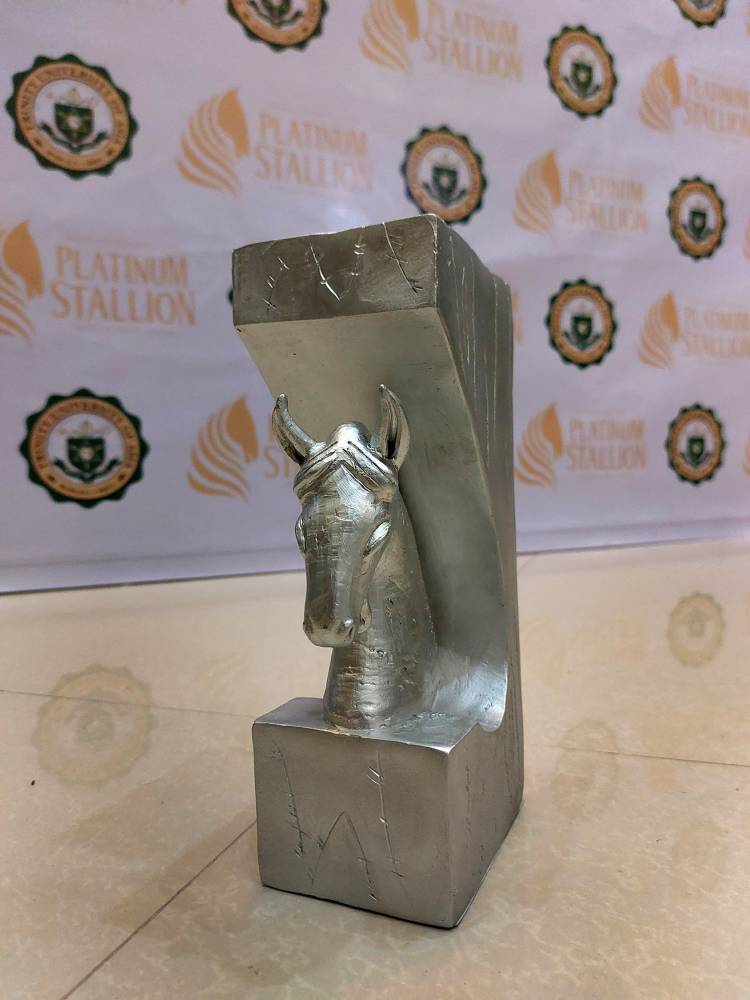
A month later, the newspaper received another award for Outstanding Published Feature Article on Youth and Education in a Nationally Circulated Publication, at the 19th Lasallian Scholarum Awards. The award was given to Inquirer Lifestyle contributor Marge Enriquez for her feature article, “When young people conquer cancer,” originally published in December 2022.
The story talks about the journeys and successes of young cancer patients and how they endure against all odds. It bested five other finalists in the category.
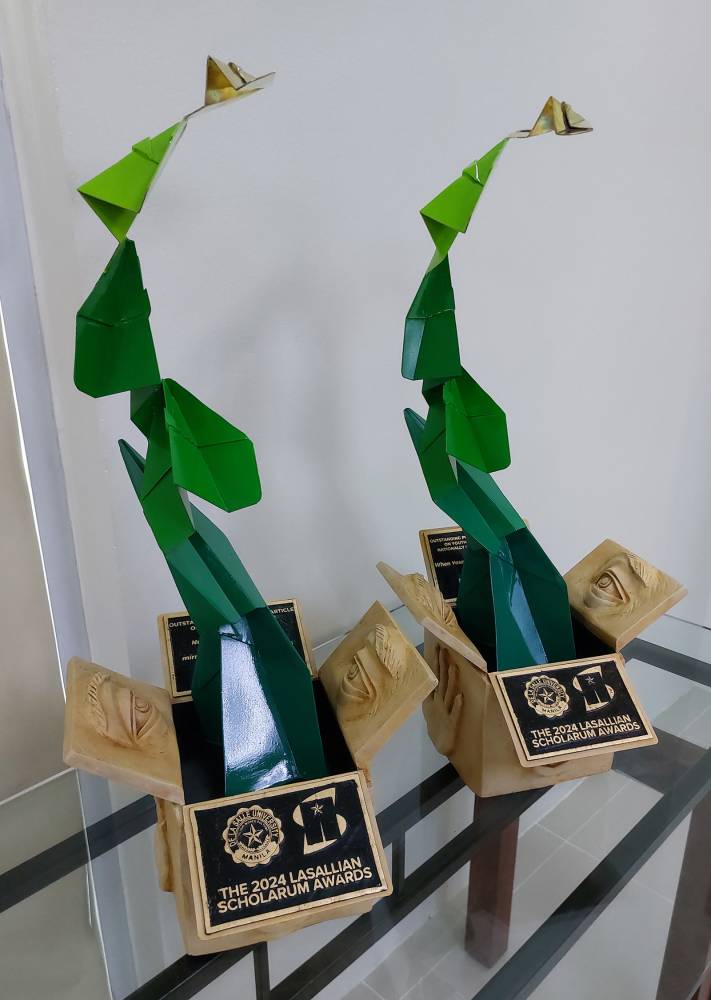
Outstanding nat’l paper
In April, the Inquirer secured two prizes during the Philippine Press Institute’s Community Press Awards. Assistant Lifestyle editor and Super editor Pam Pastor nabbed the Outstanding NCR Journalist award for her 2023 article, “What caused the shortage of mental health medicine in PH?” The piece documents Pastor’s struggles and frustrations with finding antidepressants locally and how widespread and common the issue has become among people all over the country.
The Inquirer also received the Outstanding National Newspaper award at the same ceremony.
At the Henry Ford Awards 2024 held in May, longtime contributing columnist for Inquirer Mobility Tessa Salazar took home three of the top writing prizes for the country’s premier automotive journalism awards.
Salazar won Automotive Writer of the Year, best automotive green feature for “The ‘Natural Electrolysis’ of Akio-san,” and best automotive road safety feature for “Mom, my speed governess.”
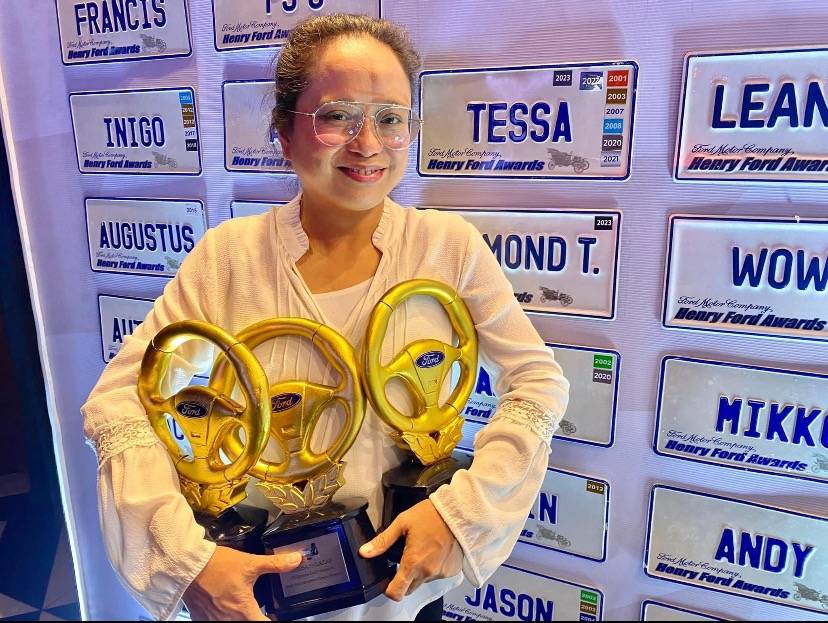
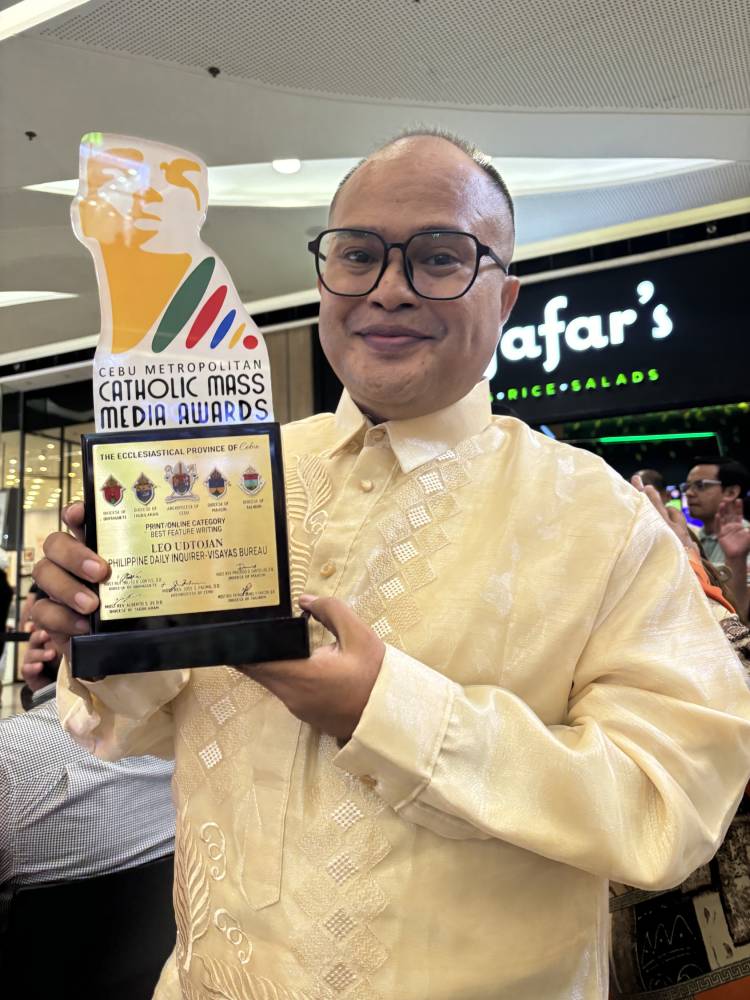
In September, Leo Udtohan, correspondent for the Inquirer’s Visayas bureau, received the award for best in feature writing at the first Cebu Metropolitan Catholic Mass Media Awards (CM-CMMA).
Udtohan submitted five feature stories published in the Inquirer for the competition, including “Tourism gem rises out of Bohol quake ruins,” “Bohol’s ‘chocolate princess’ won’t give up Pinoy cacao,” “Bohol artist turns sea trash into art,” “Protecting Bohol for the next generations,” and “Dancing in Loboc.”
“I hope this will inspire me and other journalists to strive for excellence in fact-based journalism and to write more inspiring, life-changing, and positive stories,” said Udtohan.
The CM-CMMA recognizes the work of media practitioners and organizations within the ecclesiastical province of Cebu, which comprises the Archdiocese of Cebu, and the suffragan Dioceses of Dumaguete (Negros Oriental), Maasin (Southern Leyte), Tagbilaran (Bohol) and Talibon (Bohol).

At the 46th Catholic Mass Media Awards held in October, Inquirer correspondent Ian Paul Cordero won best news photograph for “Ilonggo Devotion,” which featured Sto. Niño devotees in Iloilo City’s Dinagyang Festival and was published in the Inquirer’s Regions section on Jan. 28
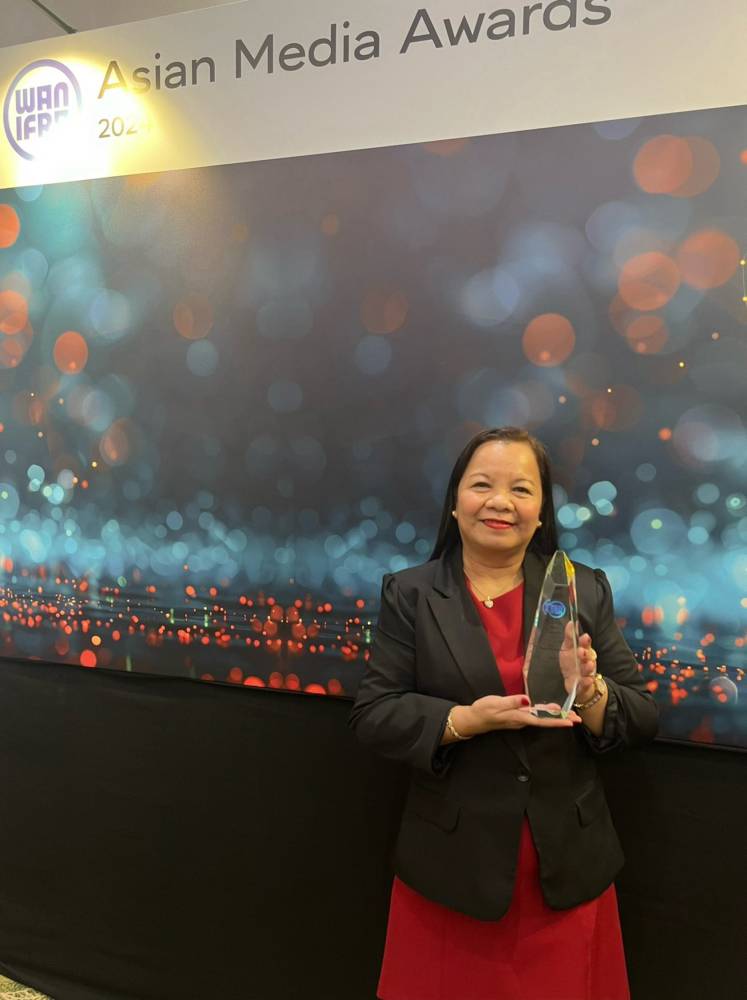

Asian Media Awards
Photojournalist Richard A. Reyes bagged another photojournalism-related award at the World Association of News Publishers (WAN-Ifra) Asian Media Awards 2024 in November.
Reyes took home the silver prize for his photograph “No Barrier to Faith,” the banner photo for the Inquirer’s Jan. 10 issue showing the Black Nazarene encased in glass in front of a crowd of devotees during “traslacion” or the Black Nazarene procession.
In the same month, Iligan City-based correspondent Richel Umel and chief of Inquirer Mindanao’s bureau Ryan Rosauro won best agricultural feature in the national category at the 17th Bright Leaf Agriculture Journalism Awards.
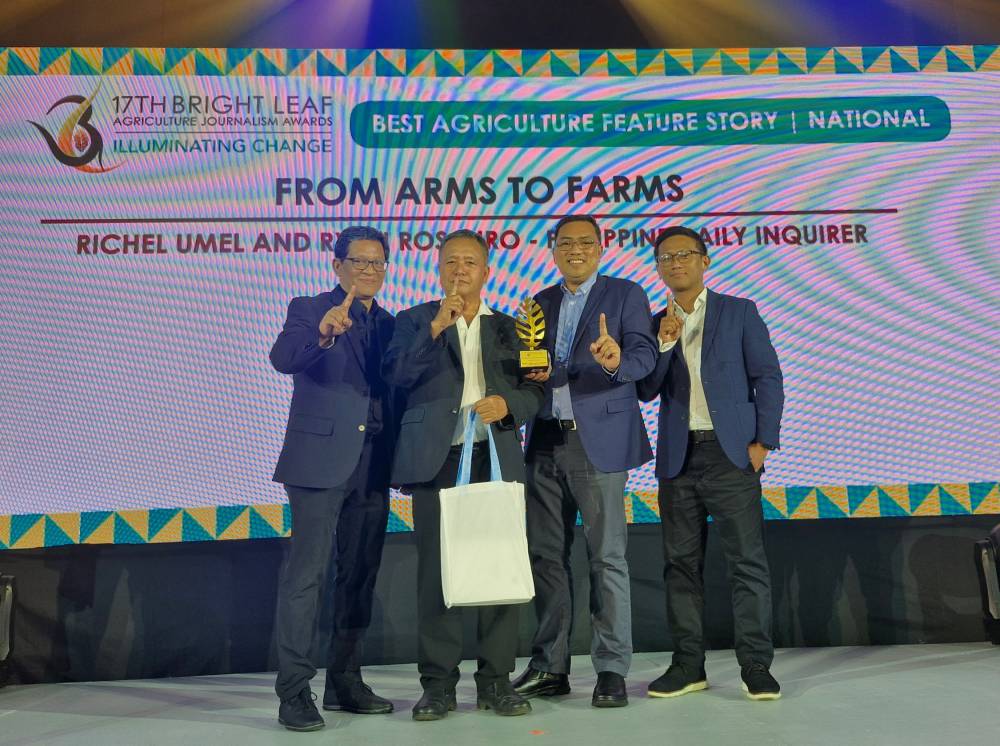
Published in July, their winning story, “From arms to farms,” chronicles the start of an organic agriculture program in Kauswagan, as well as how it shaped the development of the municipality.
It was the only winning entry from Mindanao and the first one submitted by the bureau for the Bright Leaf Awards.
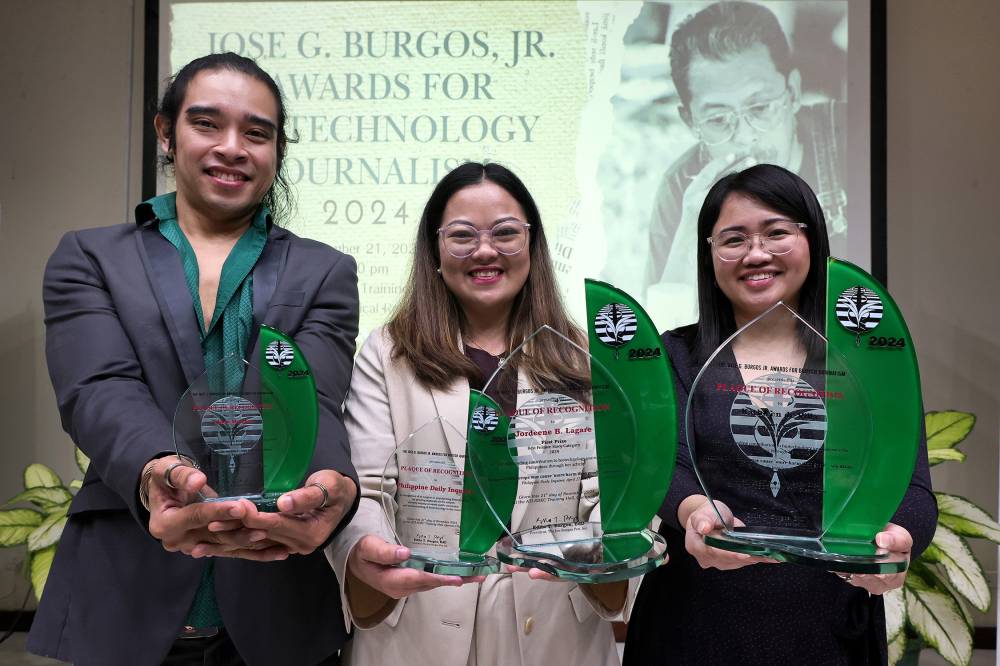
At the 33rd Economic Journalists Association of the Philippines (Ejap) Business Journalism Awards, also held in November, Tyrone Jasper Piad won best feature story for his three-part series on the rising cost of mobility in the country while Monzon was named Trade Reporter of the Year.
Monzon took home another award at the 2024 Jose G. Burgos Jr. Awards for Biotechnology Journalism, winning third prize in best feature story for the 2024 story “Gov’t told: Genetically modified crops to feed population.”

Quality work, best practices
News reporter Kathleen de Villa and business reporter Jordeene Lagare won the first prize for best feature story, for their April article “Stopping GMO crops may cause ‘more harm than good’–scientists.”
The Inquirer placed third in the institutional category for publishing six articles on biotechnology from Aug. 1, 2023, to July 31, 2024.
The annual awards were established in 2005 to recognize the contributions of journalists to scientific inquiry and the promotion of biotechnology.
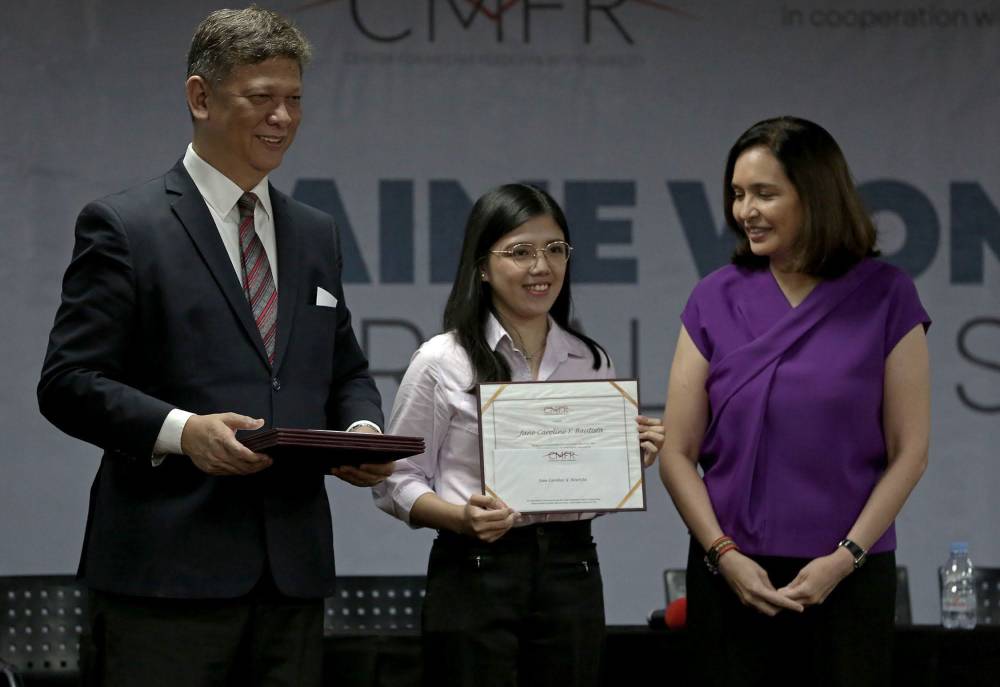
Also in November, news reporter Jane Bautista made it as one of the panelists in the prestigious 34th Jaime V. Ongpin Journalism Seminar organized by the Center for Media Freedom and Responsibility.
Bautista was cited for her body of work that included “stories on the shift to distance learning during the COVID-19 pandemic, the challenges of returning to face-to-face education, and environmental issues like air and plastic pollution due to climate change and land reclamation.”
This year’s seminar recognized five journalists from print and online media for the quality of their work in the context of best practices and media ethics, and featured them in a panel discussion on issues affecting the media and its autonomy.














